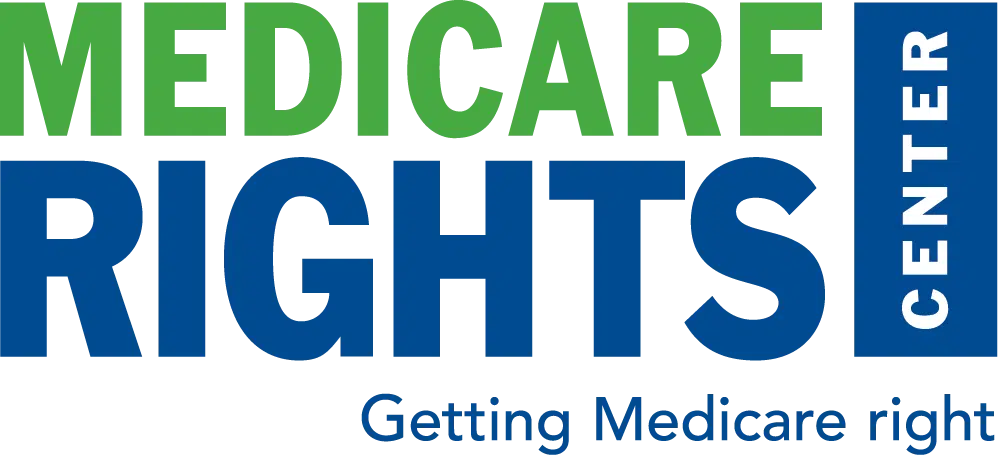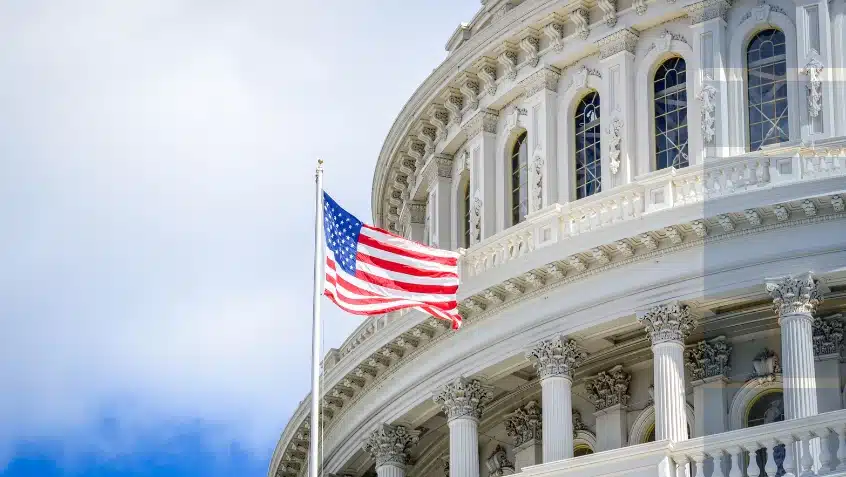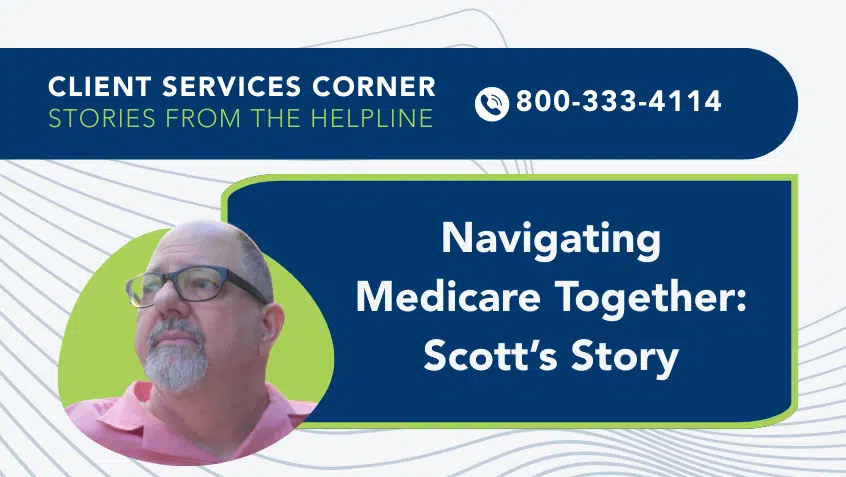Join Us Live for a Discussion on Medicare, Democracy, and the Future of Health Care
Trends in Medicare Advantage Plans for Dually Eligible Individuals

For the over 12 million people dually enrolled in Medicare and Medicaid, known as dually eligible individuals, Medicare is their primary insurer. It mainly pays for medical services, such as hospital care, doctors’ visits, and prescription drugs. Medicaid wraps around this coverage, helping with Medicare costs and paying for services Medicare does not, such as long-term care.
People who are dually eligible have diverse needs and circumstances, but nearly all face challenges navigating their coverage since being enrolled in Medicare and Medicaid can mean working with two sets of benefits, rules, processes, and providers.
Like other Medicare enrollees, dually eligible individuals can choose Original Medicare or a private Medicare Advantage (MA) plan. Some who select MA may have access to a Dual Eligible Special Needs Plan (D-SNP), which is an MA plan exclusive to people who are enrolled in both Medicare and Medicaid.
In 2023, 5.2 million people were enrolled in such a plan. As envisioned, D-SNPs can offer a unique framework to address Medicare-Medicaid fragmentation issues, as they are required to provide greater coordination of Medicare and Medicaid benefits than other MA plans. A new KFF brief highlights 10 things to know about D-SNPs, including trends in enrollment, coverage, and access to care.
Enrollment and Plan Growth
In 2021, nearly 3 in 10 dually eligible individuals were enrolled in D-SNPs, an increase from 20% in 2018. KFF notes this may be due to some extent to an uptick in automatic enrollment, and that proposed Special Enrollment Periods could further increase D-SNP participation.
Plan availability is also on the rise, perhaps driven by relatively high profit margins. In 2022, the average dually eligible individual had access to 10 D-SNPs, compared to 6 plans in 2018. This trend is likely to continue. As covered by Axios, a January 2024 McKinsey report projects that plans covering dual enrollees “will see a growth rate of greater than 10% between 2022 and 2027, and profits will grow from $7 billion in 2022 to $12 billion in 2027.”
Care Coordination and Quality
Although enrollment and plan availability continue to expand, it is not clear how well D-SNPs coordinate with Medicaid to provide the full range of benefits to dually eligible enrollees. KFF found that fewer than one in ten D-SNP enrollees were in fully integrated plans.
Further, gaps in reporting rules mean little is known about the overall quality of D-SNPs, and the available assessments suggest problems. For example, there are longstanding concerns that current quality measures are insufficient, and some studies report little difference in care quality between D-SNPs and other methods of care for dually eligible individuals.
Access to Care
KFF found that contracts containing only D-SNPs deny prior authorization requests at much higher rates than other MA plans, despite receiving fewer requests per enrollee. Here too, data is lacking. Because CMS publishes prior authorization and denial information at the contract level, rather than at the plan level, it is impossible to identify the total number of coverage requests and denials for D-SNP enrollees. KFF’s analysis was limited to contracts containing only D-SNPs, which account for about 19% of total D-SNP enrollment. Most D-SNP enrollees (81%) are in plans that are in a contract with other Medicare plan types.
Supplemental Benefits
Relatedly, there is an absence of comprehensive data on the use of supplemental benefits among D-SNP and other MA enrollees, including whether insurers offer adequate networks to access these services, whether they are of value to plan members, and whether plan marketing tactics are appropriate.
The KFF report underscores the opportunities and challenges to improving coverage and outcomes for Medicare-Medicaid enrollees. Policymakers have long expressed interest in doing so, in part because dually eligible beneficiaries have relatively high needs and program expenditures. As plans, enrollment, and costs continue to grow, greater transparency and thoughtful reforms that center the needs of beneficiaries will become ever more urgent.
Read the KFF report, 10 Things to Know About Medicare Advantage Dual-Eligible Special Needs Plans (D-SNPs).
For more information on D-SNPs, see a Medicare Rights fact sheet and video on the Promise and Pitfalls of Dual Eligible Special Needs Plans (D-SNPs). To learn more about MA and why reforms are needed, view the full Medicare Advantage 101policy series.
Show Comments
We welcome thoughtful, respectful discussion on our website. To maintain a safe and constructive environment, comments that include profanity or violent, threatening language will be hidden. We may ban commentors who repeatedly cross these guidelines.
Help Us Protect & Strengthen Medicare
Donate today and make a lasting impact
More than 67 million people rely on Medicare—but many still face barriers to the care they need. With your support, we provide free, unbiased help to people navigating Medicare and work across the country with federal and state advocates to protect Medicare’s future and address the needs of those it serves.
The Latest
Most Read
Add Medicare to Your Inbox
Sign up to receive Medicare news, policy developments, and other useful updates from the Medicare Rights.
View this profile on InstagramMedicare Rights Center (@medicarerights) • Instagram photos and videos









